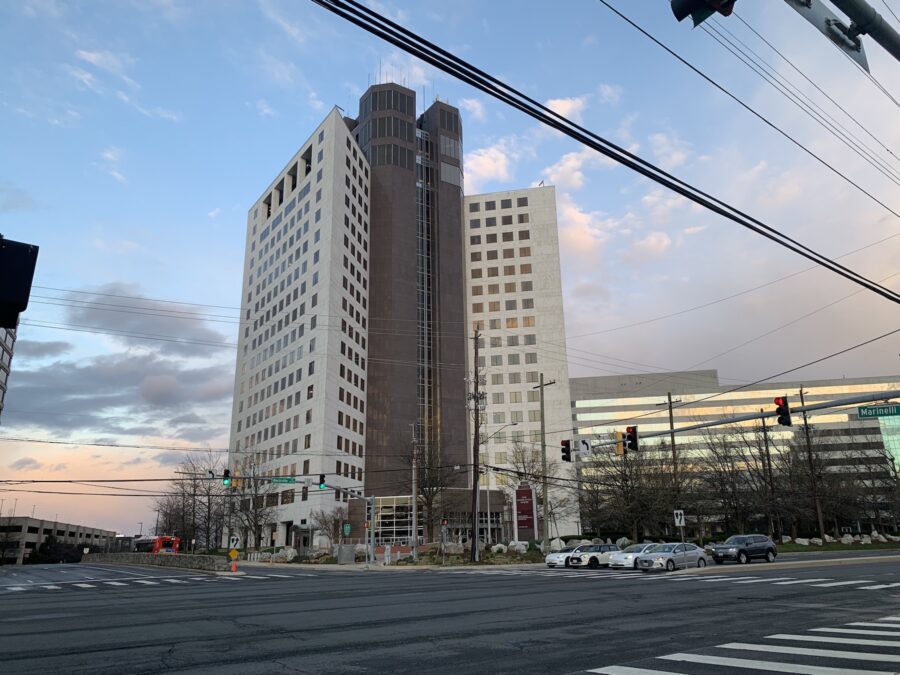
The Nuclear Regulatory Commission planned next week to formally declare its position on a major industry wish-list item: paying for maintenance of nuclear power plants with funds that are supposed to be reserved for tearing the plants down.
During the virtual meeting scheduled for April 13, officials with the NRC’s Office of Nuclear Material Safety and Safeguards planned to “[n]otify stakeholders of the NRC’s position on the use of the decommissioning trust fund during operations for major radioactive components disposal.”
The virtual meeting was scheduled to begin at 10:00 a.m. Eastern time and run until 12 p.m. Eastern time. The NRC officials planned to take questions. Those interested in attending must register in advance, NRC said in an announcement posted online Friday.
Scheduled speakers as of Monday were Fred Miller, branch chief of the Office of Nuclear Material Safety and Safeguards at NRC headquarters in Rockville, Md., Shawn Harwell, an NRC financial analyst, and Sarah Lopas, a medical radiation safety team project manager at the commission.
In 2022, the federal government pulled the trigger on a double-barrelled bailout for the nuclear power industry. The combination of a $6-billion-dollar aid package for struggling nuclear plants and new production tax credits for existing and future reactors has turned industry’s attention to big capital replacements from decommissioning, an official with the industry’s main interest group in Washington said recently.
Those kinds of projects, steam generator replacements, reactor vessel head replacements and license renewals, are, from industry’s perspective, “sort of decommissioning projects in microcosm,” Bruce Montgomery director of decommissioning and used fuel at the Washington-based Nuclear Energy Institute said March 15 at the NRC’s 35th annual Regulatory Information Conference in Maryland.
If they are, Montgomery said, industry could be allowed to “use the decommissioning trust fund” to pay the bills for plant recapitalization. That includes the cost of transporting old, unneeded equipment to an existing waste-disposal facility instead of storing it on site at the plant, Montgomery said.
“There is a discussion happening right now between the industry and the NRC,” Montgomery told attendees of the Regulatory Information Conference in March. “[W]e think we’re going to make some headway on that this year.”
The Infrastructure Investment and Jobs Act, the fruit of the Joe Biden administration’s signature legislative push that the White House sometimes calls the bipartisan infrastructure law, contained a $6-billion subsidy for financially struggling nuclear power plants. In 2022, Diablo Canyon in Avila Beach, Cali., snagged about $1 billion in credits in the first round of the bailout.
The Inflation Reduction Act, meanwhile, offers production tax credits for operating nuclear power plants. Future reactor designs, such as small modular reactors, could also qualify for the credit.